Process.
The right cleaning process –
for your component
As an expert in industrial cleaning systems, we know exactly which cleaning process or which combination of processes is the right one for your component and application. We offer a broad spectrum of options: spray cleaning, immersion cleaning, ultrasound cleaning, pressure flooding and high-pressure cleaning are all high-tech cleaning technologies we use in a targeted way in our systems to professionally carry out your cleaning task – whether it’s “only” cleaning, or also deburring, derusting or stripping paint.
High-pressure cleaning.
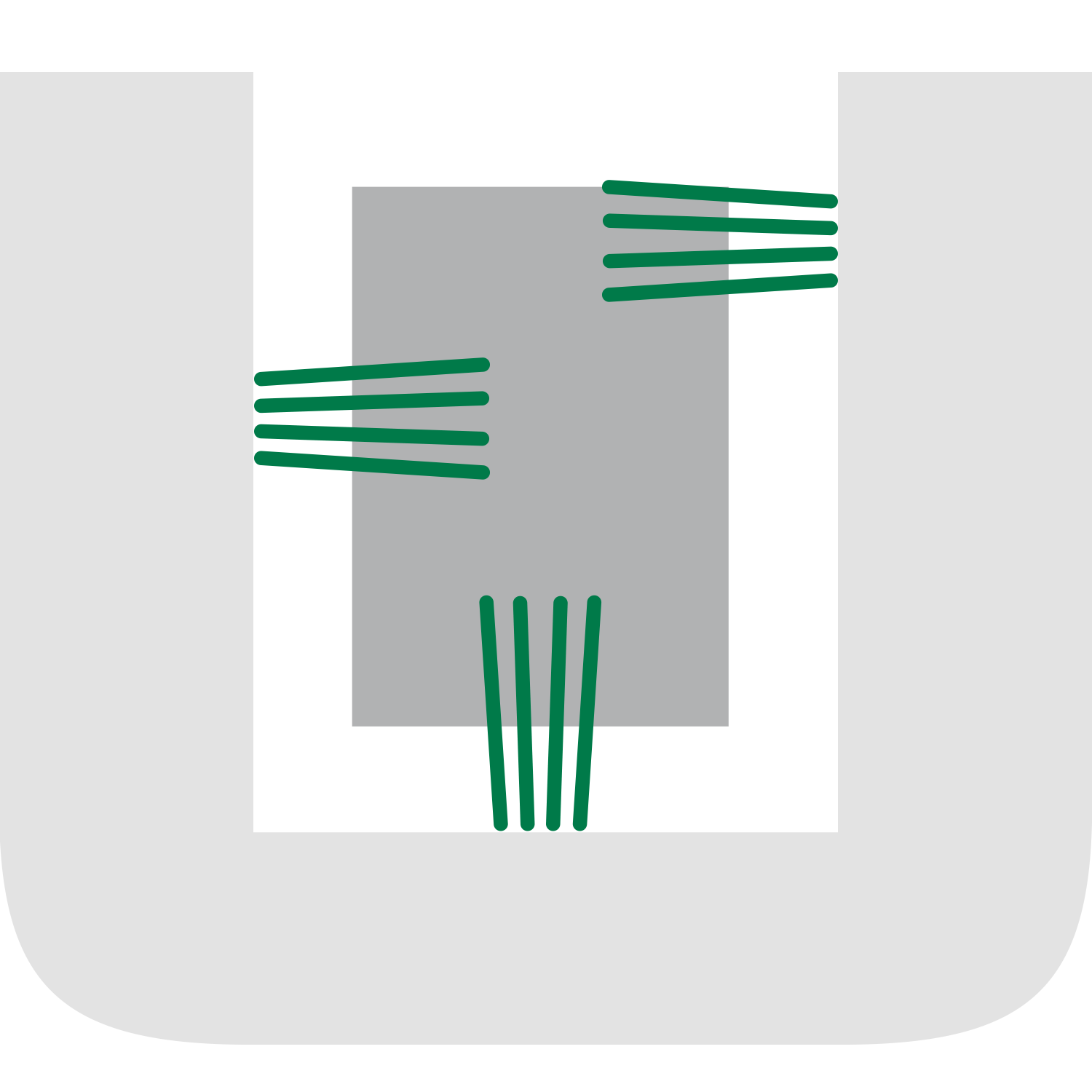
Combating dirt at up to 4,000 bar
Did you know that it’s possible to remove stubborn dirt on components and coatings on parts using the high-pressure water method – and that without chemical additives? PURIMA cleaning systems using high-pressure water are not only powerful, they are also environmentally friendly. With pressure of up to 4,000 bar, the component being cleaned is subjected to a powerful and focussed treatment, or a broader and more comprehensive treatment on the requested contours or surfaces, without any chemical additives. Our large-scale cleaning solutions with patented special tools and integrated suction technology open up a variety of application possibilities. Depending on the customer requirement, our high-pressure technology can be used both to clean individual parts and in our flow-through systems. From decontamination and deburring to decoating, a huge number of applications is possible: paints, resins, separating agents, ceramic coatings and radioactivity are professionally and thoroughly removed by our high-pressure technology solutions.
Spray cleaning.
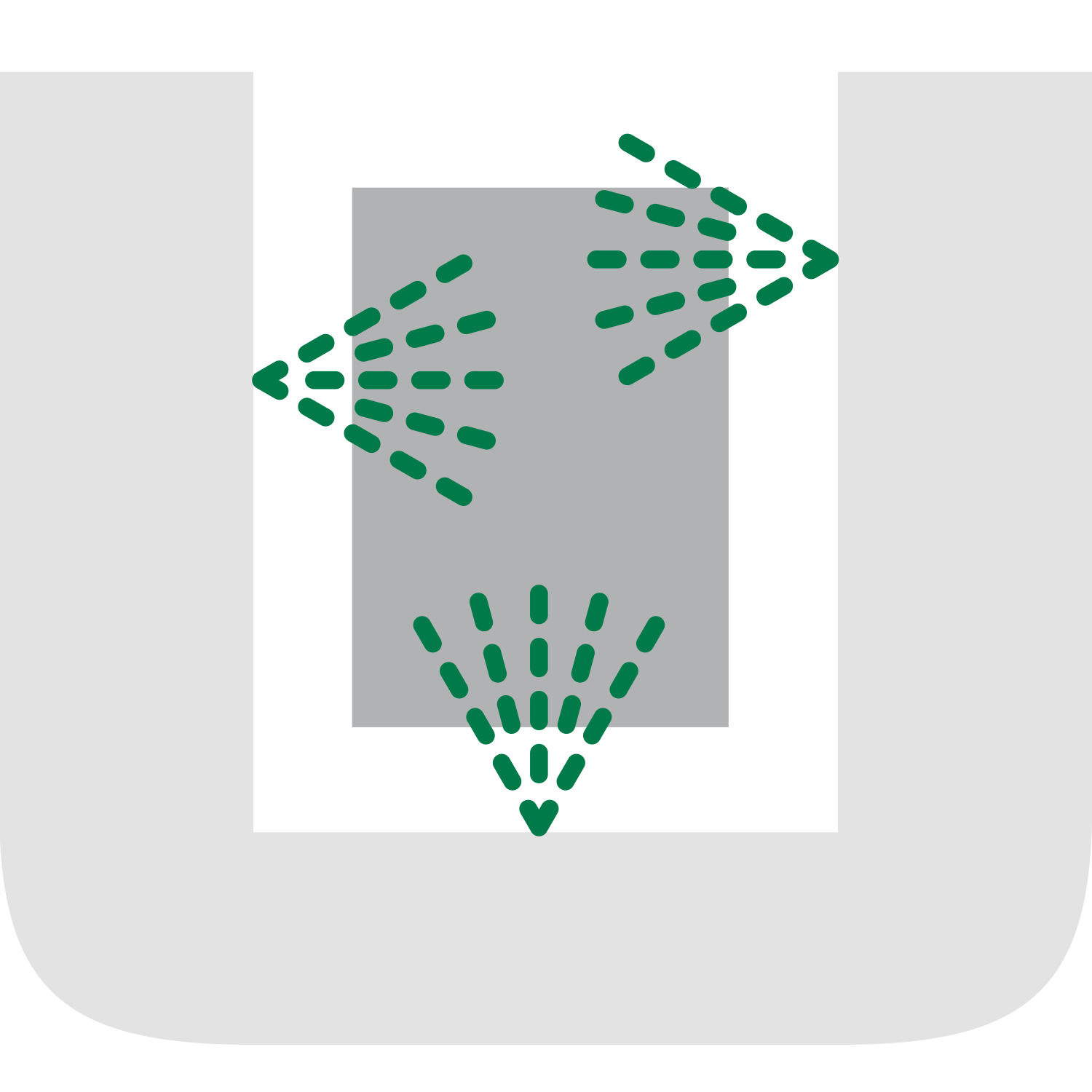
Great cleaning results with just a little water pressure
Adhering oil and grease from production processes or incrustations and dried production residues on components are typical requirements for the process step of spray cleaning. The aqueous cleaning medium is sprayed at low pressure onto the relevant surface using a nozzle. This can be done from all directions. The impurities are either removed directly by the mechanical energy and swept away, or softened so that they can be fully removed in the following cleaning step. To achieve an even application, either the component or the nozzle is kept in motion. If a particularly high cleaning standard is required, the spraying process can be employed as a final fine-cleaning stage in industrial cleaning systems. 100% of any remaining particles are removed from the surface.
Immersion cleaning.
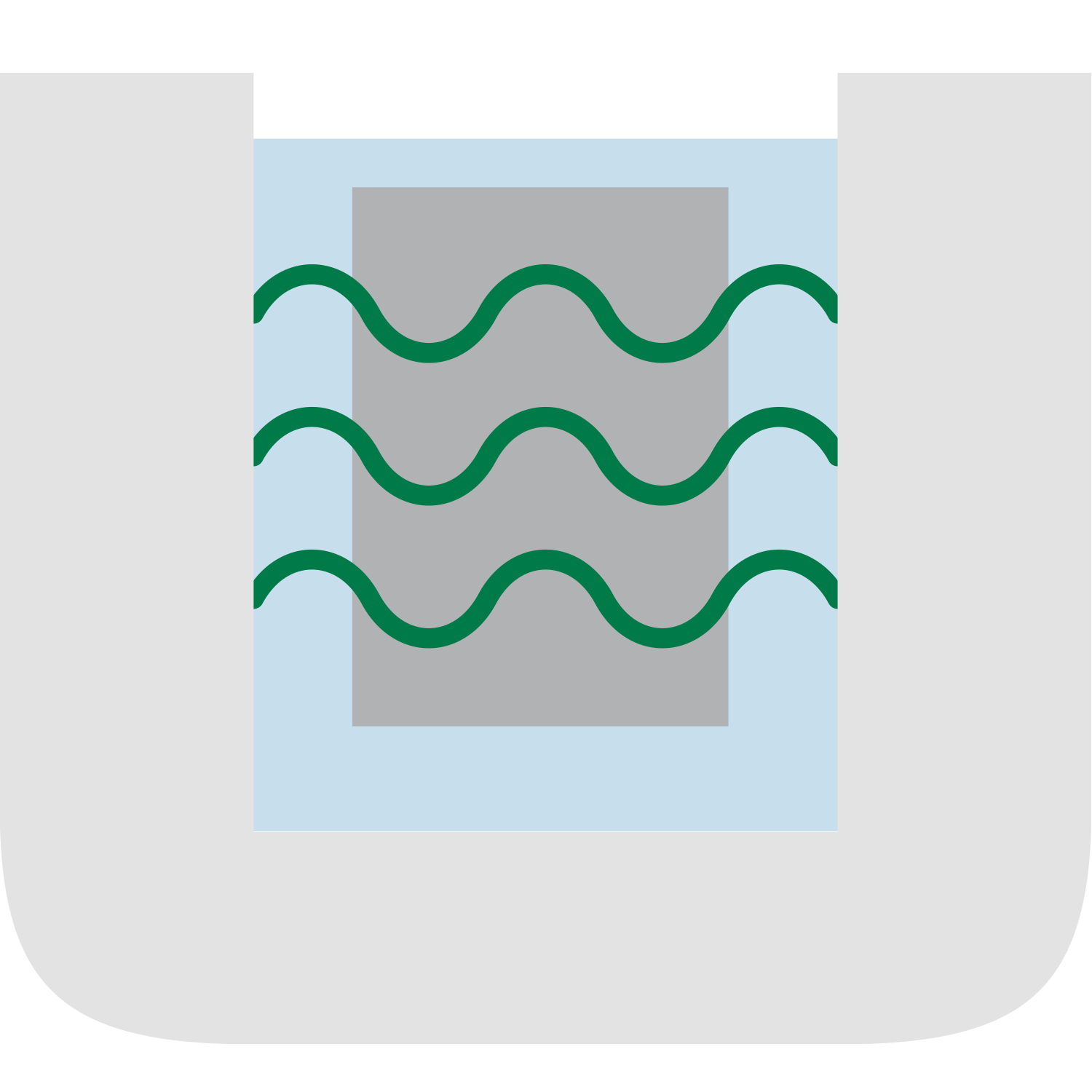
Achieving the goal with movement, temperature and a cleaning solution
Cleaning components in an immersion tank is one of the traditional applications in the field of industrial parts cleaning. With immersion cleaning, the material that is to be cleaned is immersed in an aqueous alkaline or acidic cleaning solution and treated there for a defined period of time. It is also possible to improve the rate at which impurities are loosened by using movement: rotation or oscillation in the tanks achieves an even distribution of the cleaning medium. The immersion degreasing process can also be made more efficient by raising the temperature of the tank. The time is also adjusted depending on how dirty the components are. The process is simple and economical and is gentle on sensitive surfaces. In our systems, immersion cleaning is usually combined with the mechanical support of ultrasound and pressure flooding.
Ultrasound cleaning.
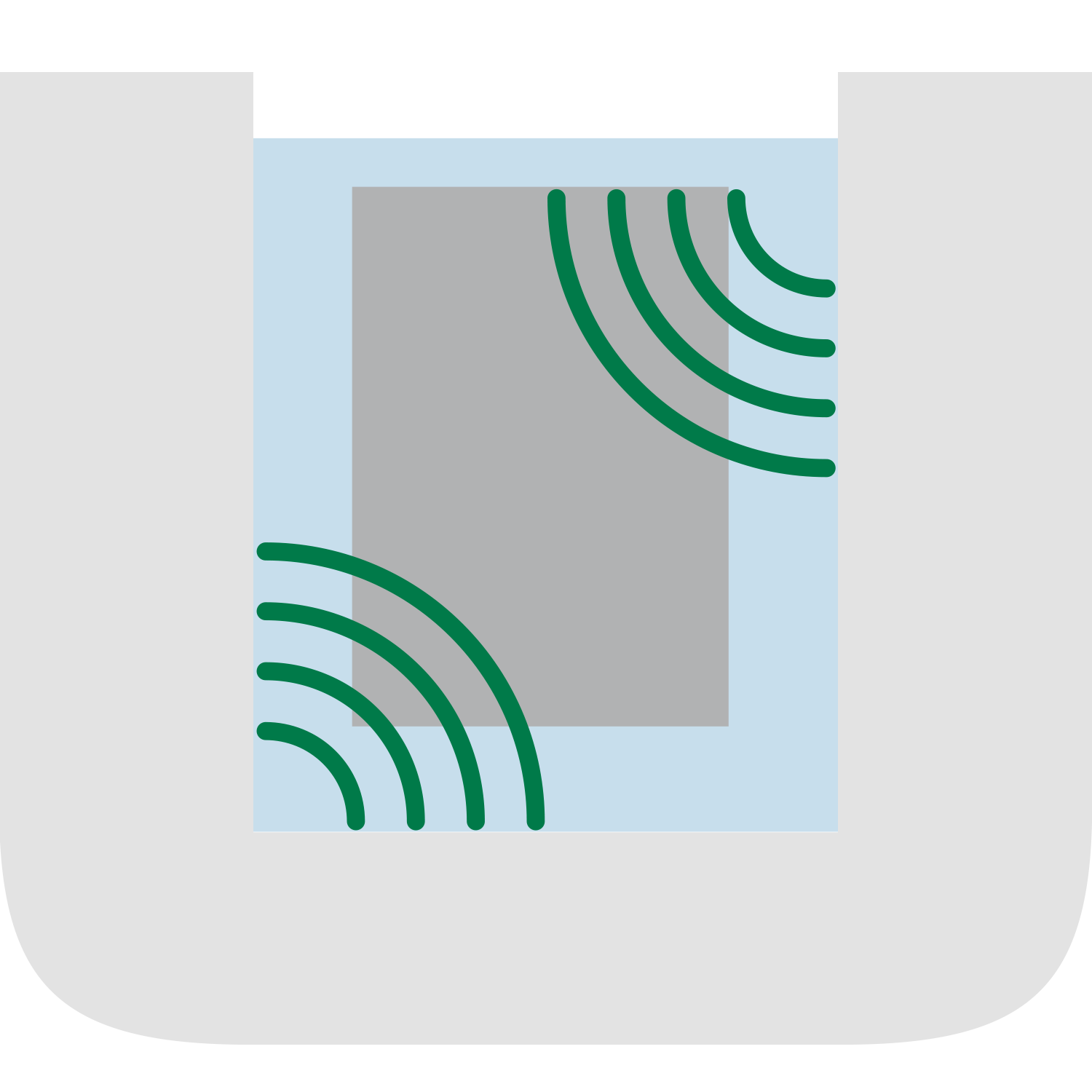
Gentle cleaning for every nook and cranny
Cleaning with the right vibration: in ultrasound cleaning, components are subjected to frequencies between 20 and 130 kHz. These frequencies are produced in vibration elements on the sides or the base of the tank. The ultrasound in the liquid generates high tractive and compressive forces, which in turn produce vacuum bubbles. When those vacuum bubbles implode, it exerts a very strong mechanical effect on the surface of the component. The even distribution of the sound in the cleaning medium provides a full reach to the entirety of the component surface, delivering a brilliant clean. Particles of dirt adhering to the surface are thereby removed without affecting or wearing the material itself. Cavitation occurs for all surfaces covered with liquid. The ultrasound cleaning is optimised by rotating, oscillating and pressure flooding the components. The ultrasound cleaning process is perfect for reaching geometrically complex parts with narrow joints or blind holes, where other cleaning methods have little or no effect. Furthermore, the sound frequency can be adjusted to achieve anything from a preliminary cleaning to a very fine cleaning.
Pressure flooding.
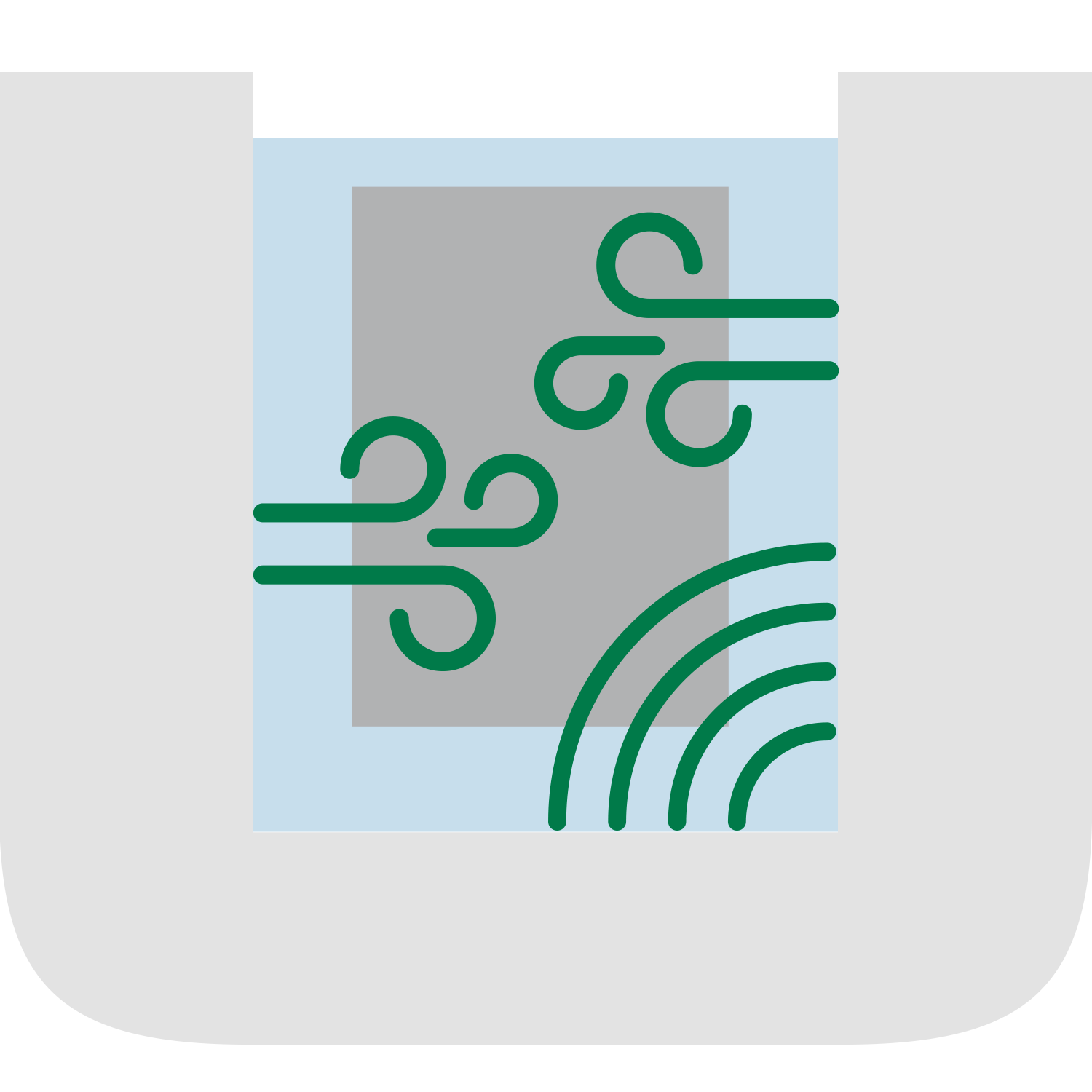
Making waves cleaning your components
Impurities such as shavings and oil can often be found on workpieces immediately after mechanical processing. In most cases these need to be removed before the next processing step. Pressure flooding is often combined with ultrasound in systems. Nozzles are arranged in the process tank in a specific alignment to the workpiece. An optimised mechanical cleaning effect can be achieved through the use of ultrasound and pressure flooding in alternation. It is easy to integrate a drying and conservation stage into our systems at the end of each cleaning process if that is a requirement and part of the desired result.
Together towards
your solution.
Get in touch now.
Every project begins with an idea or a client request. The best solutions emerge in a joint dialogue with our clients from all over the world. Contact us and take the first step towards your customised system solution in the field of industrial parts cleaning or the capture of harmful substances. We’re looking forward to hearing from you!